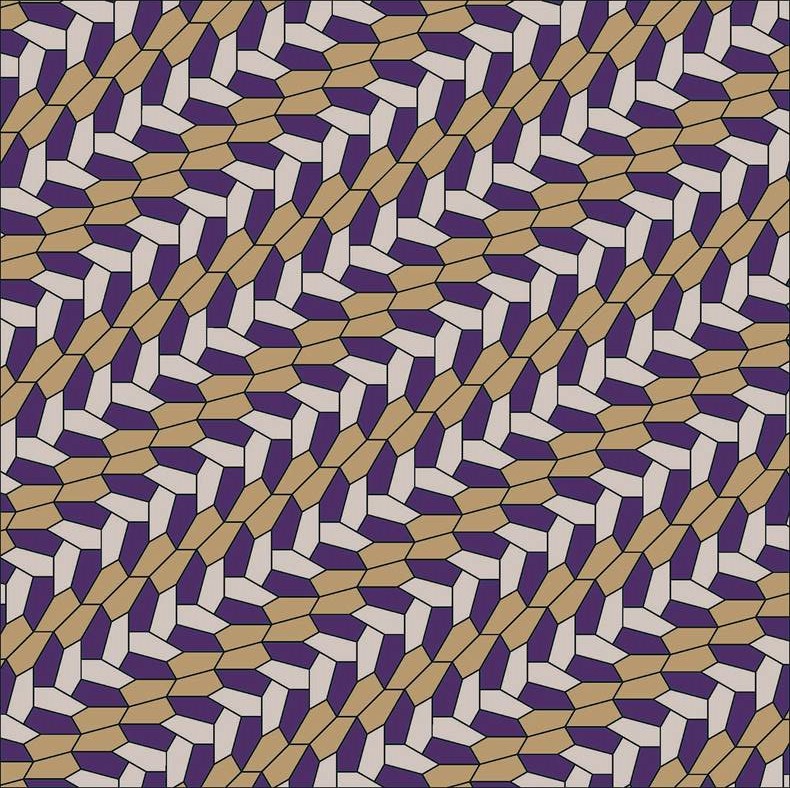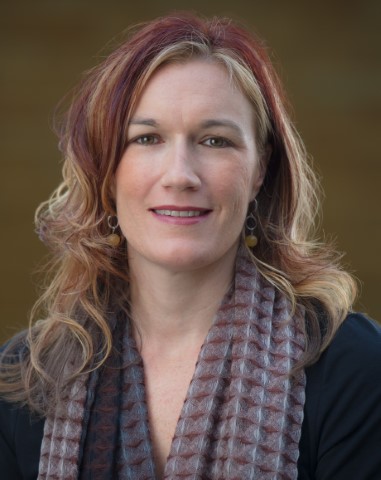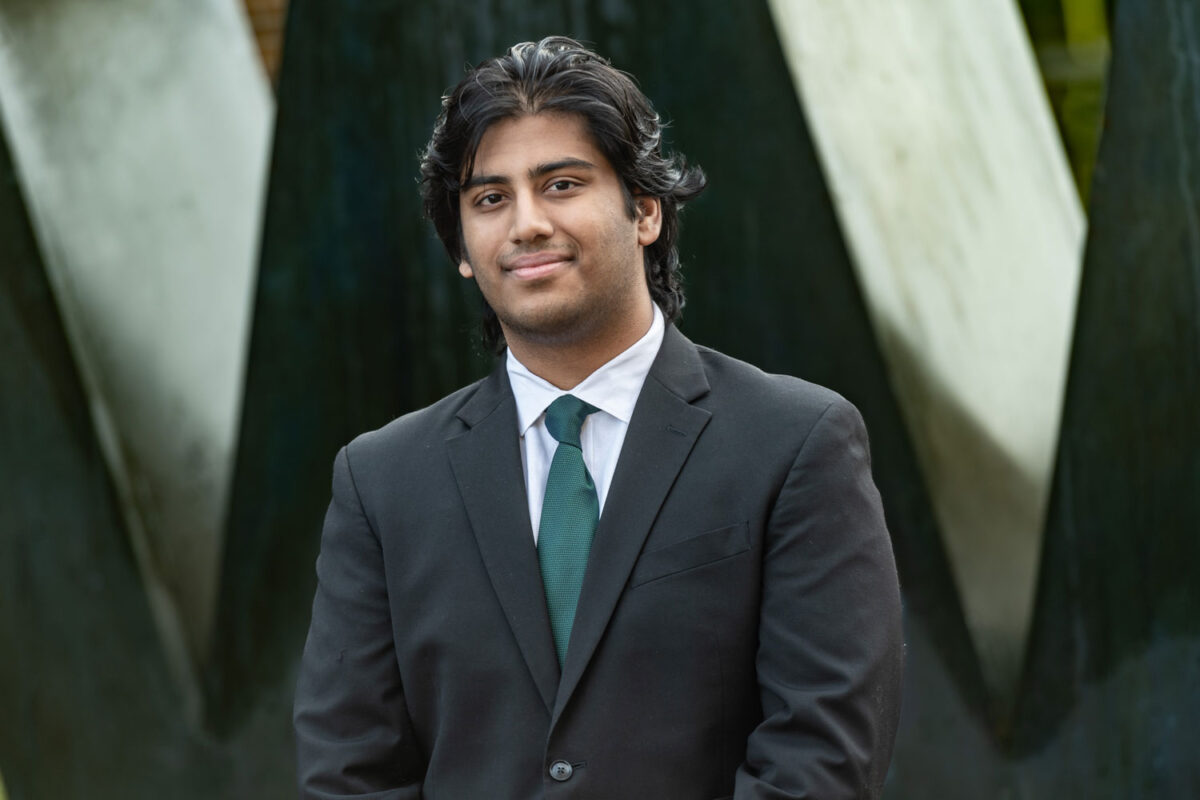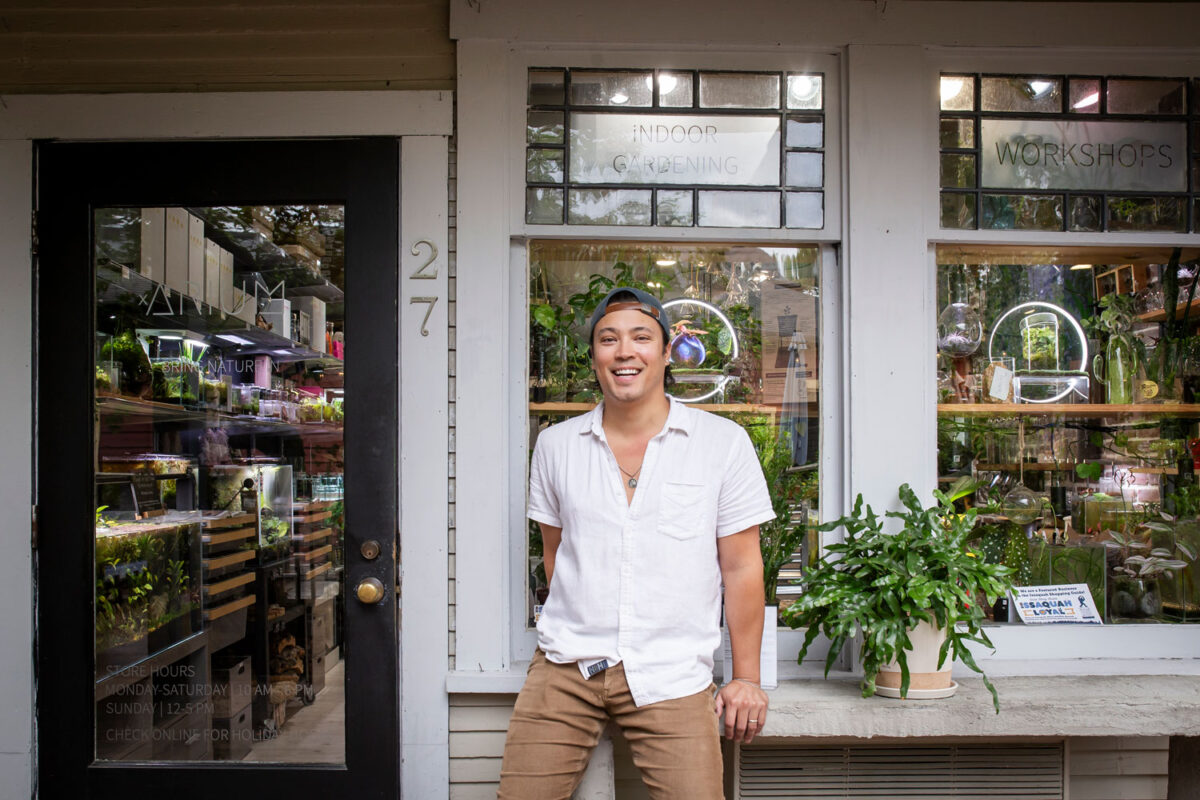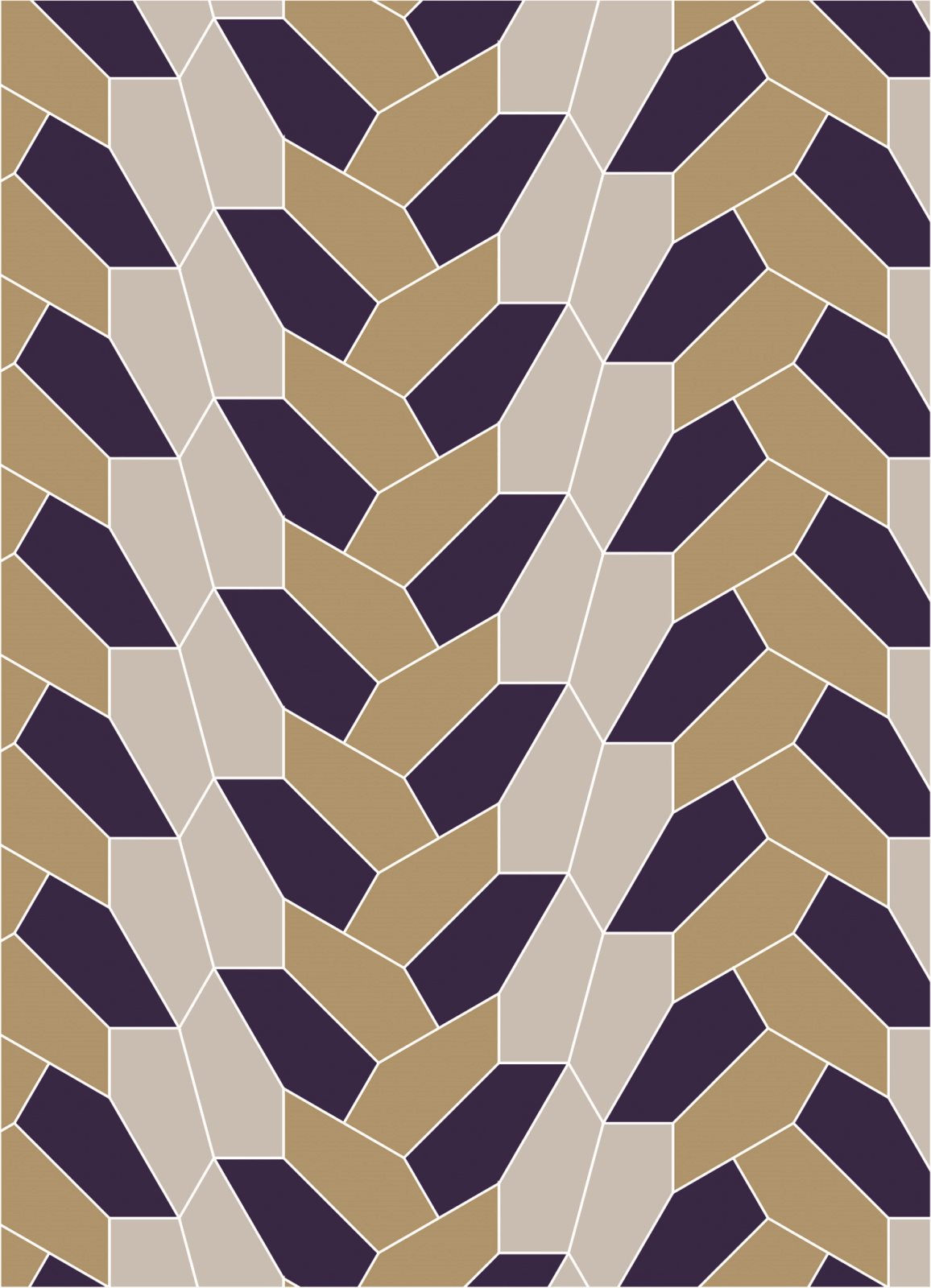
By Douglas Esser
A complex math discovery at University of Washington Bothell will become more mind-blowing when it is rendered in herbs and spices for an art installation.
The discovery of the 15th way to interlock identically shaped pentagons with no holes or gaps, as if covering an infinite sheet of paper, was the first advancement of this type since 1985.
The work by Jennifer McLoud-Mann, her colleagues Casey Mann and undergraduate researcher David Von Derau was named one of the top 100 discoveries in 2015 by Discover Magazine.
It also won the University’s 2016 Distinguished Research, Scholarship, and Creative Activity award for McLoud-Mann, associate professor of mathematics in the School of Science, Technology, Engineering and Mathematics.
Having trouble conjuring up infinite pentagons? Now imagine the idea represented in herbs and spices, and your nose will lead you to the intersection of math and art.
Sculptor Stephen Watson will visit the campus in mid-May to create a temporary, site-specific work of art based on the new pentagon, using his recipe of fragrant herbs and spices. Watson is an assistant professor of art at Samford University in Birmingham, Ala., known for such ephemeral installations. One example of his work was recorded in a time-lapse video.
(link vimeo https://vimeo.com/155323609)
“Math is immortal; art is transitory,” he writes. “Despite their differences, incorporating mathematics and art is a visually and philosophically intriguing, fruitful experiment.”
For McLoud-Mann, it’s awesome to share a discovery that is not only beautiful mathematically but visually appealing as well, she says.
“I hope that people think it is a cool pairing of ideas. It is an unexpected cross-disciplinary demonstration,” she says.
Watson contacted McLoud-Mann after reading about the pentagon discovery. The School of STEM and the School of Interdisciplinary Arts and Sciences invited Watson to create one of his unique works of art at the Discovery Hall fourth floor vista.
Watson will be “spicing,” as he calls it, May 17 and 18. The artwork will be on display to the public May 19 from 3 p.m. to 5 p.m. at a student mixer and colloquium, where Watson will discuss the juncture of mathematics and art. It will remain on display through May 27.
“Students that are exposed to unlikely pairings may be more open to explore some of those avenues themselves,” says McLoud-Mann.
